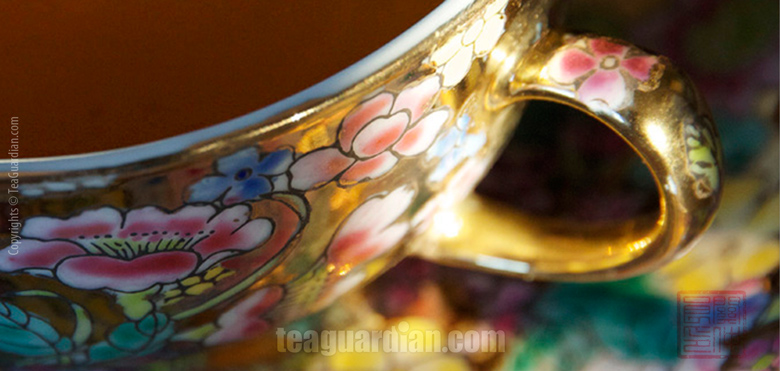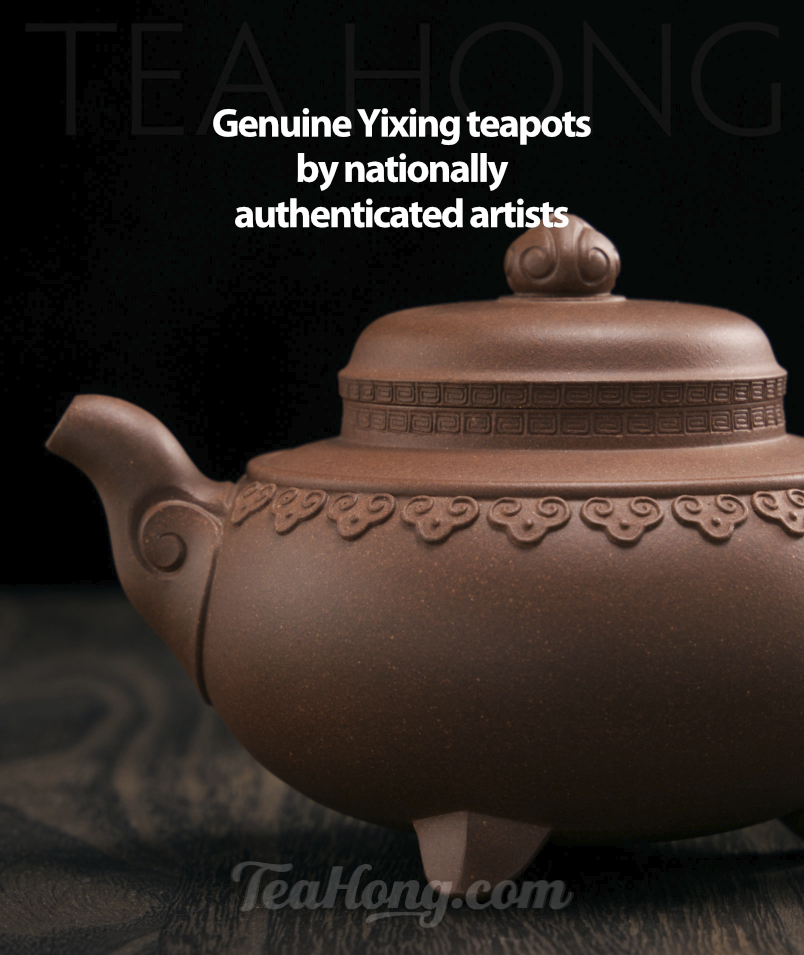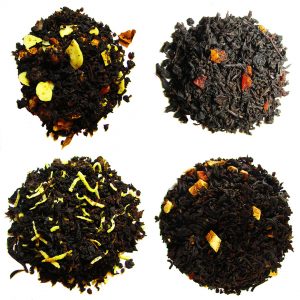Teaware: The Cup
A few years ago, an enthusiastic fan who was also a friend came to me in the afternoon with his JP¥7000 (approx 80 USD) small wine cup wanting to do a tasting session comparing cups. That he brought holds about 30 ml, like most medium size gongfu cups. It was a thick, rough, non-glazed ceramic pinch-bowl that my friend said was truly amazing with Japanese sake.
I gathered a usual porcelain gongfu cup that is one of my staple drinking tools, a thicker mold-cast porcelain cup for retail tea service, a fine glazed Yixing cup, and a cheap ceramic cup, all around the same size, for the tasting. A medium quality classic style Phoenix oolong, a Pu’er and a White Peony were infused according to a standard from a gaiwan and even out in a chahai before decanting to the cups.
The Taste Effect
The cheap ceramic cup spoiled the tea. The mold-cast porcelain was okay but pale against the others. The teas were maximized with the other three, but were actually rendered quite differently. The wine cup made them sweeter and softer, the Yixing one gave the most body and the porcelain accentuated the high notes.
We gave a lot of theories as to how this could happen that day. As a matter of fact, it has always been known that different cups should be used in different drinking in traditional Chinese culture. Up to now, however, I have not been able to find any real scientific explanations on these traditions and theories. What will be listed here is totally empirical and I leave the job of theorizing and scientific studies to the right people.
Before going into the gongfu cups, let’s first discuss everybody’s daily teacups.
Conventional Tea Cups
Size
Bigger cups hold too much tea for finishing before it gets cold. They also change the texture of the infusion. If you have to use a very big one, go for a wider bowl shape where heat dissipates on the surface easily so as not to harm the texture of the fluid. That is one reason why mugs, which is tubular, do not give you the best infusion quality of a tea.
I advise an effective capacity of 150 ml (or 5 oz) or smaller (note), which is your conventional teacup size. If you like taller ones for better aroma enjoyment, choose even smaller ones, say 100 ml, and a thinner material.
Material
The porcelain, again, is the optimum choice for the widest range of tea and tea drinking styles, if you do not want to experiment with the widely different stoneware qualities in the market. Glass, which gives a pleasing appearance showing the infusion colour, is only marginal in not spoiling the taste.
Material Thickness
Thicker ones appear to last longer and keep heat longer, but do not feel well in use, particularly how they fit the lips. Thinner ones may break easier but feels good at the lips; tea flows better at the thinner rim as well. Tea texture keeps better in thinner porcelain that is bowl shape.
Ergonomics
To choose a good porcelain cup for yourself, feel the balance lifting the cup with the handle. Does the handle feel well? Does the cup feel too heavy when lifted? Is it comfortable to balance? Does the cup sit easily back into the saucer?
The classic cup has a little curve on the rim so your lower lip fits against it and the fluid can easily flow. It also has a wider top for efficient cooling needed to maintain the infusion texture. Slant sides are good too if the slant is angled enough. Straight sides and those that curve in are more difficult to drink from. They hold the aroma better, but lose the texture. The thistle shape, or its derivatives, with a larger belly, narrow neck and lip curving out, is a good compromise for tall cups with the classic design advantages.
- Double-wall Yixing cups
- Crack-glaze ( Ge Yao ) Yixing Cups
- Blue China Teacup Shooter by Gui He Xiang
- Cone Cups with Butterfly Motifs
- Gongfu Cups by Gui He Xiang
- Small Tianmu Cups in Chrome Glazes
Gongfu Cups and Traditional Chinese Designs
Now back to the little tasting experiment I did with my tea fan. Please note: not all expensive ceramic cups are good. If you do not have enough time (and money) to go about getting all those fancy you to experiment with, stick to the safer, cheaper white porcelain. I know you would say that I am boring (or cheap), but hey, the true adventure should be in the tea and the tea making! There are so many designs even in white porcelain anyway; getting the good ones within this limitation needs some work already. On the other hand, if you do have the resources, there really are a vast, fine, and reasonably priced range of cups under this category which are both collectibles and highly usable drinking tools. I, for one, used to be quite crazy about this.
Size
30 ~ 40 ml effective capacity is a good size to start with. You can do a single slurp or two to finish with this one. If you are a beginner and would not be doing very strong infusions, this quantity of a medium strength would still be quite satisfying. If you do strong ones, you can always fill it to 2/3, or get those 20 ml ones.
This size also works well with medium size gaiwans, chahais and Yixing pots for daily use, which capacity ranges from 130 ml to 250 ml.
Shape
I always use those with wider top and shallower body. The tea cools down more evenly for the slurp so your tongue would not get burnt, and the texture is maintained. Taller ones let you smell the aroma better after the drink (a common practice in tea appreciation). Choose thinner material if you want this kind of shapes, so the tea cools down a bit more evenly.
There are many, many designs to choose from and I think the preference is always quite personal.
Thickness
Those that are bone china or fine Kaolin can afford to be thinner and still quite hard. A rim thickness of less than 1 mm is preferred for drinking. There are ultra thin ones almost as thick as an egg shell. They maybe nice to look at but do break quite easily.
The Chinese and the Japanese has a very long history with tea and same for teacups. The ware is not only a utilitarian tool with high degree of sophistication, but also a very personal and affectionate item with cultural, social, and political dimensions. Its making reflects the material culture and the collective aspiration of the time. I shall discuss more about this topic in later writings.



















1 Response
[…] Teaware: The Cup […]